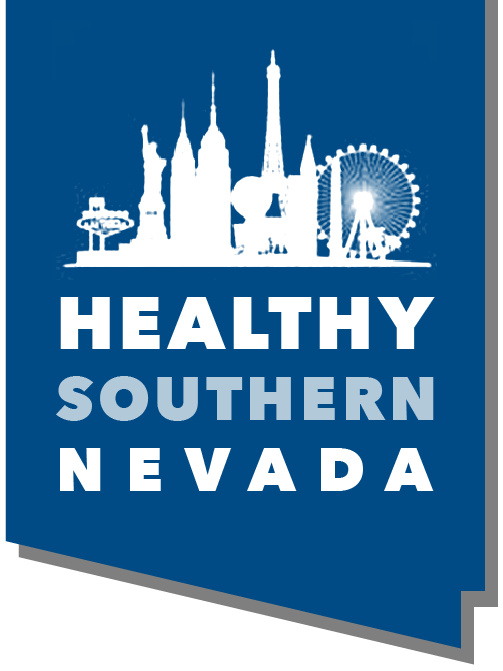Promising Practices
The Promising Practices database informs professionals and community members about documented approaches to improving community health and quality of life.
The ultimate goal is to support the systematic adoption, implementation, and evaluation of successful programs, practices, and policy changes. The database provides carefully reviewed, documented, and ranked practices that range from good ideas to evidence-based practices.
Learn more about the ranking methodology.
Filed under Good Idea, Health / Physical Activity, Children, Teens, Adults, Older Adults, Urban
Goal: The goal of the Green Cart Initiative is to improve healthy food options for residents of New York.
Filed under Effective Practice, Environmental Health / Air
Goal: The goal of this program is to help suppliers continuously learn ways to save money, optimize resource use, and eliminate waste through on-site technical reviews.
Filed under Evidence-Based Practice, Health / Diabetes, Adults, Families, Urban
Goal: The goal of the Healthy Diabetes Plate was to increase understandability and accessibility of diabetes nutrition education for people living with diabetes.
Impact: The Healthy Diabetes Plate curriculum solves two problems encountered in diabetes education — understandability and accessibility. Participants were able to correctly plan breakfast, lunch, and dinner meals and improved their intake of fruit and vegetables.
Filed under Evidence-Based Practice, Community / Social Environment, Children, Families
Goal: The Incredible Years® Parents, Teachers, and Children Training Series has two long-range goals. The first goal is to develop comprehensive treatment programs for young children with early onset conduct problems. The second goal is the development of cost-effective, community-based, universal prevention programs that all families and teachers of young children can use to promote social competence and to prevent children from developing conduct problems in the first place.
Impact: Studies have shown that children who participate in the programs demonstrate significant improvements in school readiness, emotional regulation, and social skills, as well as reductions in behavior problems in the classroom.
Filed under Good Idea, Health / Health Care Access & Quality
Goal: As medicine becomes more complex and specialized by the minute, the communication gulf between doctors and their patients is becoming progressively insurmountable. The Stanford Internet-based Successful aging (iSAGE) project is a project aimed at improving quality of life and quality of care for all older Americans from diverse backgrounds. iSAGE offers an entirely web-based, video rich immersion training in the principles of successful aging for the general public as well as health workers. It is unique in that it allows learners to specialize in the health and health care of thirteen different ethno-cultural groups commonly seen in the US.
Filed under Effective Practice, Health / Mental Health & Mental Disorders
Goal: The end goal of The Living Room is to reduce recidivism to the hospital and pair those in need with the right resources to help them be able to handle their mental health crises and move away from using The Living Room. Additionally, a main goal of The Living Room is matching those in need with a particular peer specialist to create a lasting connection.
Impact: Connects individuals experiencing mental health illness or crises to peer specialists which help reduce recidivism to the emergency room or hospital, help manage future crises, and provide a connection to continued non-clinical support and resources.
Filed under Evidence-Based Practice, Economy / Government Assistance, Adults, Families
Goal: GAIN is part of a large-scale, welfare-to-work initiative program operating in every county in California. In L.A. County, the initiative is under the supervision of the Department of Public Social Services. It helps local businesses and employers find and hire quality workers who seek meaningful employment. Prospective workers are participants in the state welfare programs known as California Work Opportunities and Responsibility to Kids (CalWORKS) or General Relief Opportunities for Work (GROW).
Filed under Effective Practice, Health / Mental Health & Mental Disorders, Adults, Racial/Ethnic Minorities
Goal: The MUSC Psychiatry Residency program has the following goals related to diversification of the health care professional pool:
- increased racial and ethnic diversity reflecting the general South Carolina population
- promotion of racial/ethnic and gender diversity in leadership positions within the School of Medicine
- promotion of cultural competency and understanding
- more opportunities within the College of Medicine at all levels for individuals from all backgrounds
Impact: The proportion of URM applicants to MUSC psychiatry residencies increased from 8% in 2008 to 17% in 2015. The percentage of URM psychiatry residents enrolled in MUSC has tripled over the last seven years, from 9% in 2008 to 28% in 2015.
Filed under Good Idea, Community / Transportation
Goal: The goal of the Coalition is to give citizens a real choice regarding the mode of transportation they elect for traveling to work, school, or recreaton as well as to encourage healthier lifestyles and a cleaner environment.
Filed under Evidence-Based Practice, Health / Respiratory Diseases, Children, Families
Goal: The goals of the Seattle-King Healthy Homes project are: to increase knowledge of home environmental health threats and asthma self-management among households with a child who suffers from asthma; help households reduce environmental threats in the household; improve health status and reduce asthma-related medical care utilization.

